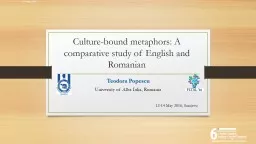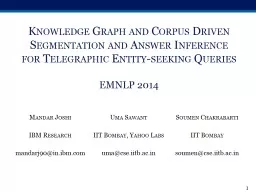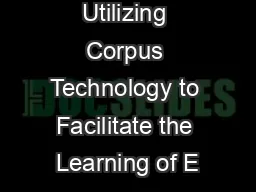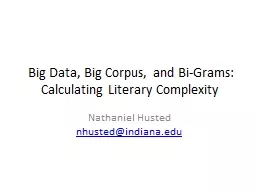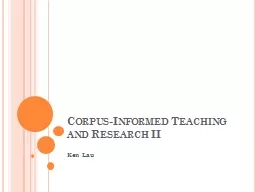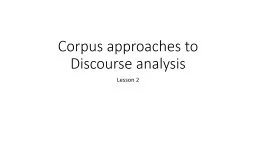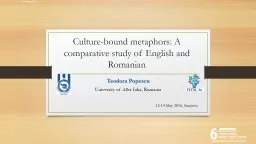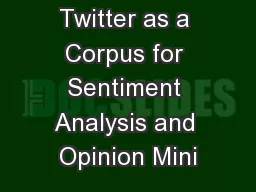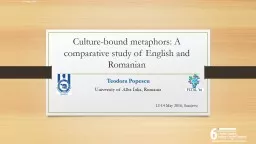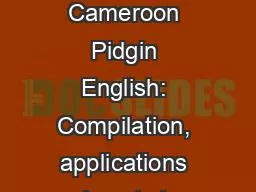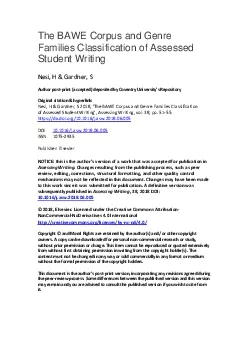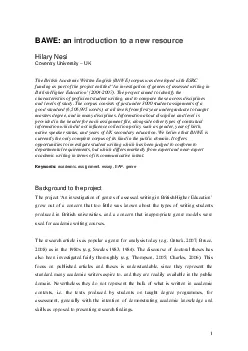PPT-Conceptualisation of ECONOMY in the British and Romanian business press. A corpus-based
Author : alida-meadow | Published Date : 2018-11-03
Teodora Popescu University of Alba Iulia Romania 26 28 May 201 7 Osijek Introduction Main research project Universals and variants of English and Romanian
Presentation Embed Code
Download Presentation
Download Presentation The PPT/PDF document "Conceptualisation of ECONOMY in the Brit..." is the property of its rightful owner. Permission is granted to download and print the materials on this website for personal, non-commercial use only, and to display it on your personal computer provided you do not modify the materials and that you retain all copyright notices contained in the materials. By downloading content from our website, you accept the terms of this agreement.
Conceptualisation of ECONOMY in the British and Romanian business press. A corpus-based: Transcript
Download Rules Of Document
"Conceptualisation of ECONOMY in the British and Romanian business press. A corpus-based"The content belongs to its owner. You may download and print it for personal use, without modification, and keep all copyright notices. By downloading, you agree to these terms.
Related Documents

